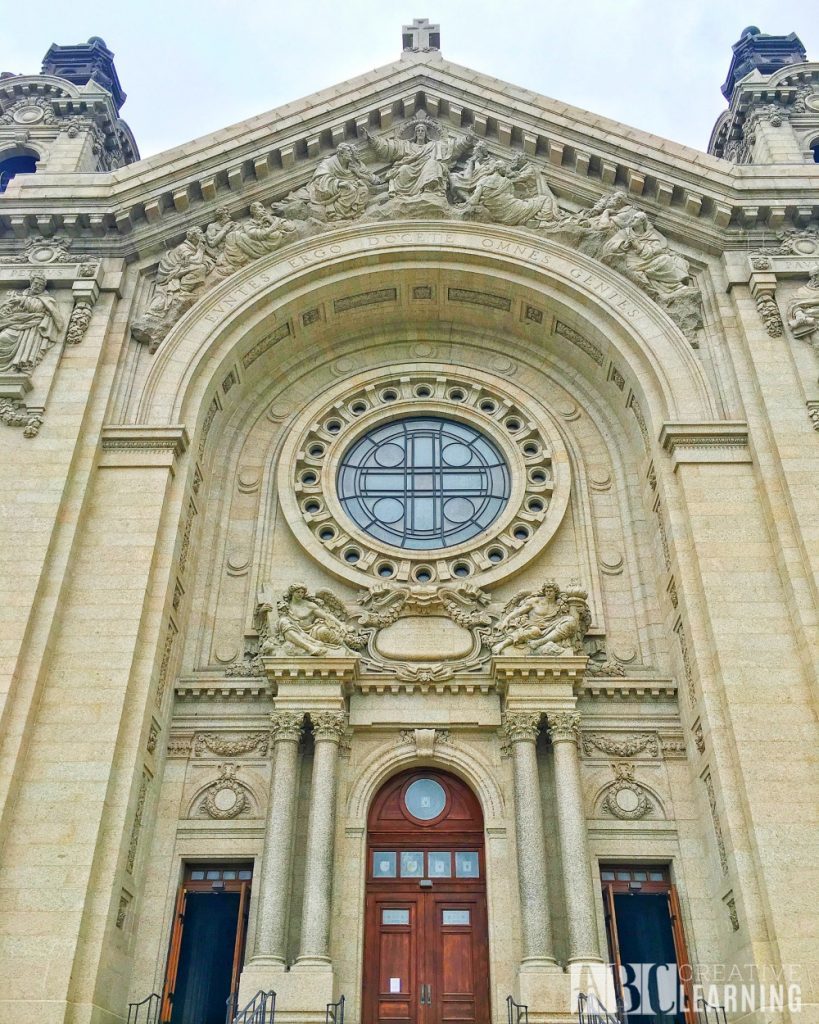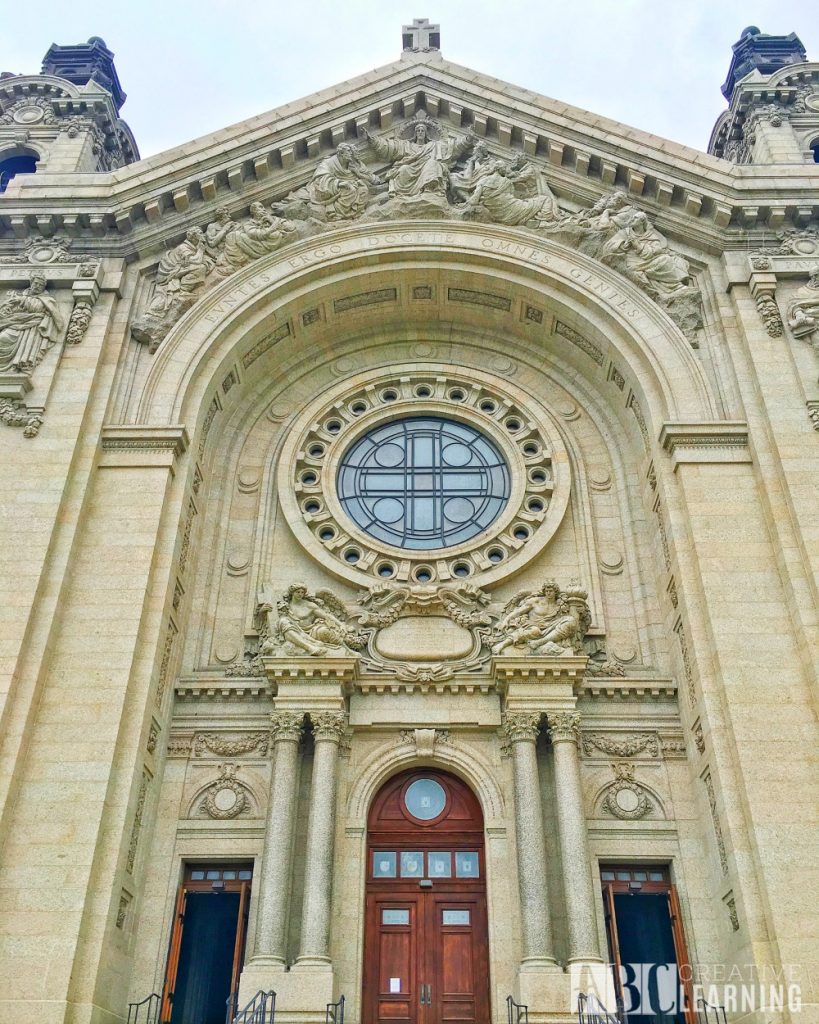The first homily at the first “Cathedral” of St. Paul — then, just a rustic chapel — was a stoic experience.
No heat, no water, in a 25-by-18-foot log cabin that could hold fewer than a hundred.
The first homily at the fourth cathedral — the “Cathedral on the Hill,” a more recognized landmark than the Capitol building across from it — was surprisingly stoic as well.
There were pews, and little else. A single, bare electric bulb hung from the Cathedral’s high dome. That first Mass — to be commemorated by Archbishop John Nienstedt in a centennial homily Sunday, and in events and exhibits throughout the year — was absent of any accoutrement.
And yet each of the five Masses scheduled that day — which some worried would be too barren, too spacious to be intimate with God — were standing-room only.
The speaker, 77-year-old Archbishop John Ireland — a former infantry regiment chaplain who had served in the Civil War — would die three years later.
He’d spent his final efforts finishing a project many decried as folly. Too expensive, too ambitious, too far away from Rome.
“Archbishop Ireland wanted people to know that Catholics had arrived in America. (With the construction of the Cathedral), he wanted people to see that ‘we are Catholics, but we are Americans.’ That there was no contradiction whatsoever between the two,” said the Rev. John Ubel, the Cathedral’s current rector.




